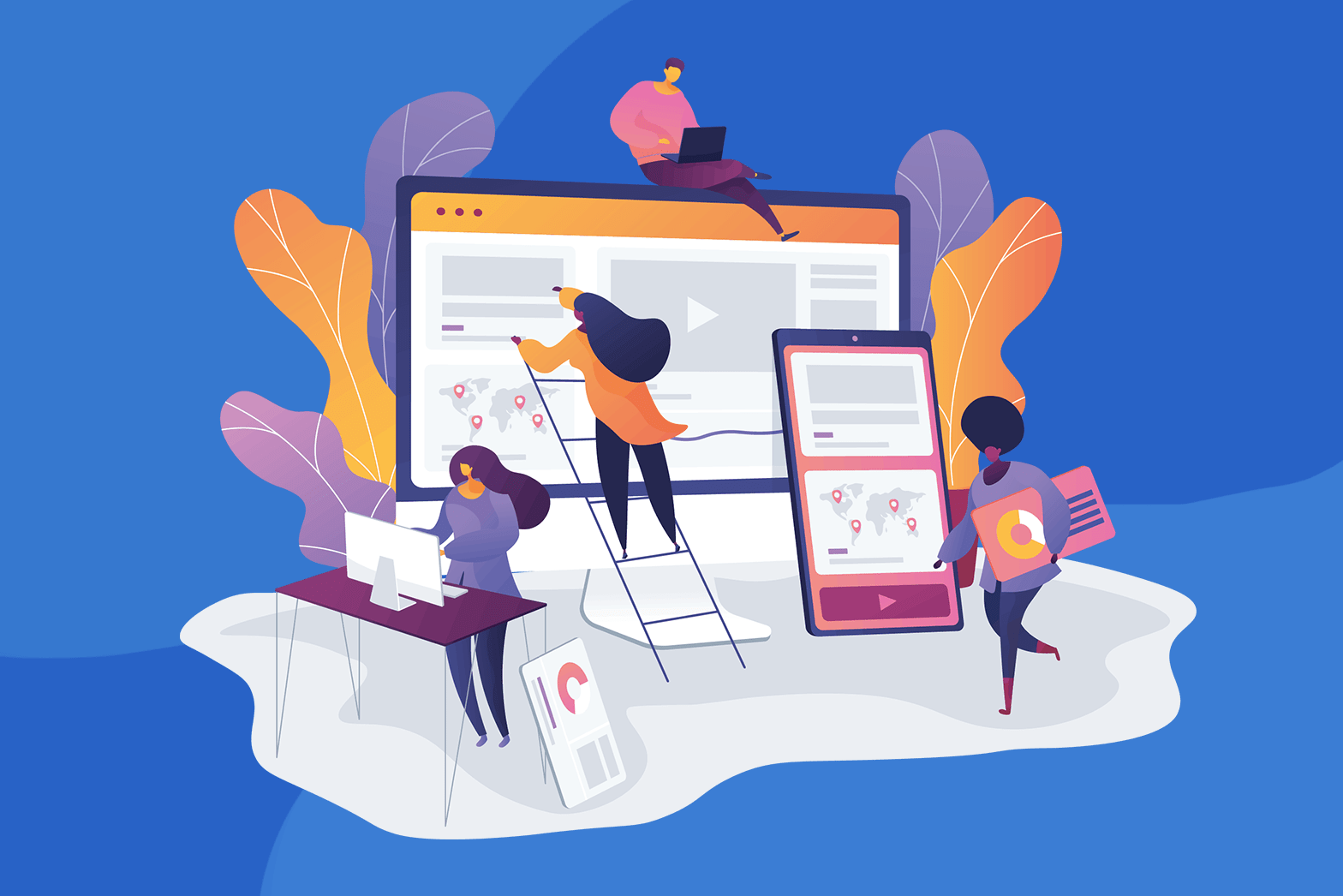
Google Postpones Page Experience Algorithm Update
Google announced a new ranking algorithm designed to judge web pages based on how users perceive the experience of interacting with a web page. That means if Google thinks your website users will have a poor experience on your pages — measured by a new set of metrics called Core Web Vitals — Google may not rank those pages as highly as they are now. This update is called the Google Page Experience update and Google is postponing the Page Experience algorithm update and implementation of Core Web Vitals as a ranking factor to mid June.
Originally scheduled to launch in May, Google’s updated timeframe for the Page Experience update gives site owners at least another month to prepare.
What is page experience? Google has a detailed developer document on the page experience criteria but in short, these metrics aim to understand how a user will perceive the experience of a specific web page: considerations such as whether the page loads quickly, if it’s mobile-friendly, runs on HTTPS, the presence of intrusive ads and if content jumps around as the page loads.
Page experience is made up of several existing Google search ranking factors, including the mobile-friendly update, Page Speed Update, the HTTPS ranking boost, the intrusive interstitials penalty, safe browsing penalty, while refining metrics around speed and usability. These refinements are under what Google calls Core Web Vitals.
What are core web vitals. Core Web Vitals include real-world, user-centered metrics, that give scores on aspects of your pages including load time, interactivity, and the stability of content as it loads. These metrics fall under these metrics:
1. Largest Contentful Paint (LCP): measures loading performance. To provide a good user experience, LCP should occur within 2.5 seconds of when the page first starts loading.
2. First Input Delay (FID): measures interactivity. To provide a good user experience, pages should have a FID of less than 100 milliseconds.
3. Cumulative Layout Shift (CLS): measures visual stability. To provide a good user experience, pages should maintain a CLS of less than 0.1.
Prepare for this update : Google is giving us time, not just because Google normally gives us a heads up to prepare for these updates, but also because of the unstable environment we are all living through during this pandemic.
Recent Posts
What is Google AI Overview? Google AI Overview is the section we now see...
Read moreSEOFY is an AI-powered SEO toolset that checks canonicals, backlinks, Meta ...
Read moreWhat is Geofencing Advertising on Google Ads? Geofencing Google Ads allo...
Read moreNew Instagram Update: Picture-in-Picture Viewing for Reels Instagram is ...
Read moreMeta has announced AI vocal translation for Reels on Facebook and Instagram...
Read more




